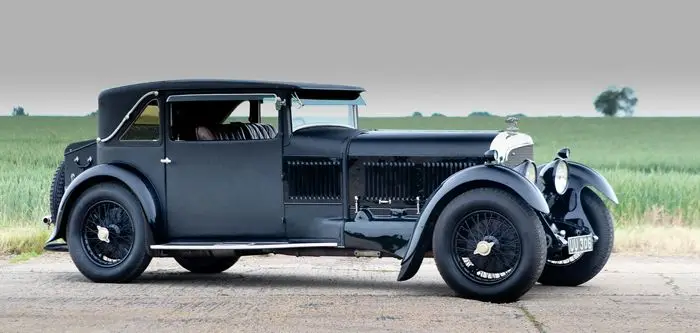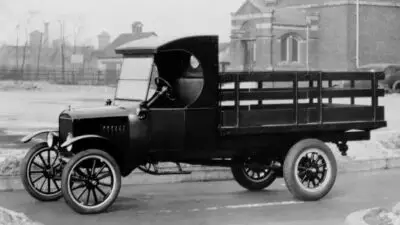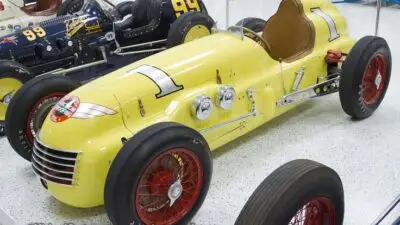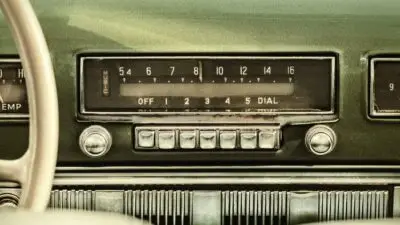Cars have been more than just a means of transportation for decades now. The automobile industry witnessed a surge in luxury brands that allowed people to showcase their wealth and status through their vehicle choices. Luxury cars have evolved to become powerful symbols of prestige, success, and social standing in modern society.

These high-end vehicles represent not just engineering excellence but also a statement about one’s place in the world. While some argue that financing options have made luxury cars more accessible, the perception of these automobiles as symbols of wealth and power remains strong. The carefully crafted prestige surrounding brands like Mercedes-Benz, Ferrari, and Bentley continues to shape consumer behavior and aspirations.
Throughout automotive history, certain manufacturers have positioned themselves as the ultimate symbols of prestige, carefully building their reputation through exclusive design, superior performance, and limited availability. This connection between luxury vehicles and status remains powerful even as market dynamics shift with new technologies and changing consumer values.
Key Takeaways
- Luxury car brands strategically cultivated their status symbol image through exclusivity, superior craftsmanship, and deliberate marketing.
- The perception of premium vehicles as indicators of wealth and success has persisted despite increased financing accessibility.
- High-end automotive brands continue to adapt their prestige positioning while embracing technological advancement and changing consumer expectations.
Historical Evolution of Luxury Car Brands

Luxury automobiles emerged from a blend of craftsmanship and technological innovation, transforming from exclusive playthings of the wealthy into powerful symbols of achievement. These prestigious vehicles developed distinct identities through meticulous engineering and opulent design elements.
From Aristocratic Carriages to Automotive Excellence
The journey of luxury cars as status symbols began in the early 20th century. As automobiles became more accessible to the general public, manufacturers recognized an opportunity to cater to affluent customers seeking exclusivity.
Brands like Rolls-Royce, established in 1904, pioneered the luxury automobile segment. These early luxury vehicles maintained the comfort and craftsmanship of aristocratic carriages while incorporating new technological advancements.

Hand-built coachwork, fine leather upholstery, and polished wood trim defined these early status symbols. The emphasis was on quiet operation, smooth rides, and elegant aesthetics rather than raw speed.
These manufacturers weren’t just creating transportation—they were crafting masterpieces that demonstrated wealth and taste. Each vehicle represented countless hours of skilled labor and commanded prices that ensured exclusivity.
Rise of the Internal Combustion Engine
The development of more powerful and reliable internal combustion engines revolutionized luxury automobiles. Engineers focused on creating smoother, quieter powerplants worthy of prestigious vehicles.
Important technical innovations included:
- Multi-cylinder engine configurations
- Precision machining techniques
- Advanced carburetion systems
- Improved cooling methods
These advancements allowed luxury brands to distinguish themselves through superior performance. Silent operation became a hallmark of quality engineering, with brands competing to create the smoothest running vehicles.
By the 1930s, luxury automobiles featured powerful engines that delivered both effortless acceleration and remarkable reliability. Speed joined comfort as a defining characteristic of prestige vehicles.
The mechanical excellence underneath the hood became as important as the visible craftsmanship. Luxury marques invested heavily in engineering departments to maintain technological superiority over mass-market vehicles.
Defining Luxury in the Automotive World

Luxury in automobiles transcends mere transportation, combining exceptional craftsmanship, cutting-edge technology, and limited availability to create vehicles that serve as both functional art and status symbols.
Craftsmanship and Attention to Detail
Luxury cars distinguish themselves through meticulous craftsmanship that’s immediately apparent in both aesthetics and feel. Hand-stitched leather interiors, custom wood veneers, and polished metal accents reflect countless hours of skilled labor.
Premium brands like Rolls-Royce and Bentley maintain workshops where artisans spend weeks perfecting a single vehicle. For example, a Rolls-Royce dashboard might contain wood from a single tree to ensure grain patterns match perfectly.
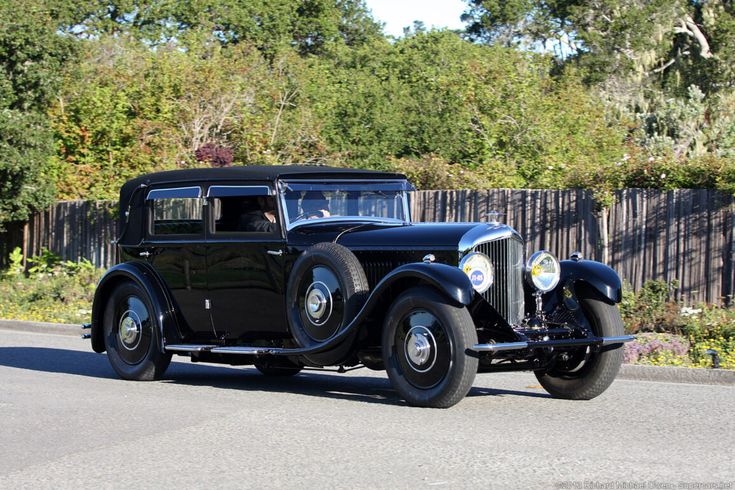
The paint process for high-end vehicles often involves multiple layers applied by hand, with extensive polishing between coats. This level of detail extends to components rarely seen, such as engine compartments with branded covers and organized wiring.
Even the smallest elements receive scrutiny – perfectly aligned stitching, precisely weighted buttons, and doors that close with a satisfying sound engineered specifically for that model.
Advanced Technology and Innovation
Modern luxury vehicles serve as showcases for automotive innovations years before these features reach mainstream models. These technological advancements focus on four key areas:
Safety Systems:
- Adaptive cruise control with stop-and-go functionality
- Night vision with pedestrian detection
- Proactive occupant protection systems
Performance Technology:
- Adaptive suspension systems that scan road conditions
- All-wheel steering for improved handling
- Electrified powertrains with instantaneous torque
Comfort Features:
- Climate-controlled seats with massage functions
- Noise-cancellation systems
- Air purification and fragrance dispensers
Connectivity:
- Augmented reality navigation displays
- AI-powered voice assistants
- Digital key sharing and biometric access controls
These technologies not only enhance the driving experience but often pioneer solutions that eventually benefit the entire automotive industry.
Exclusivity and Rarity of High-End Models
Limited production numbers create a fundamental aspect of automotive luxury. Brands like Bugatti and Ferrari deliberately restrict manufacturing to maintain exclusivity.
Some models are limited to double or single digits, with manufacturers carefully selecting buyers from established customers. This scarcity translates to value preservation and often appreciation – unlike most vehicles which depreciate rapidly.
Personalization programs further enhance exclusivity, allowing customers to create essentially one-of-a-kind vehicles. Options range from custom paint colors to bespoke interior materials like rare woods or stones.
Waiting lists for certain models can extend years, establishing a hierarchy even among luxury vehicle owners. This deliberate constraint on availability creates an aura of prestige that transcends the physical vehicle itself.
The most exclusive models become more than transportation; they transform into symbols of wealth and status recognized globally, often appearing in cultural contexts representing success and achievement.
The Prestige Economy: Status and Symbolism

In today’s society, certain products serve as visual markers of success and social position. Luxury cars in particular have evolved from mere transportation to powerful symbols that communicate wealth, achievement, and taste.
Luxury Cars as a Symbol of Success
Luxury vehicles have become one of the most visible ways people display their accomplishments. The transformation of cars into status symbols began in the 20th century as economic growth and technological advances created new consumer markets.
High-end brands like Ferrari, Bentley, and Rolls-Royce don’t simply sell transportation—they sell a lifestyle and identity. These vehicles often feature:
- Distinctive design elements recognizable from a distance
- Premium materials (handcrafted leather, exotic woods)
- Limited production numbers
- Heritage and brand storytelling
The premium price tag of these vehicles acts as a barrier that enhances their exclusivity. Unlike many status symbols, cars are highly visible in daily life, making them particularly effective for showcasing wealth and status.
Social Impact of Luxury Car Ownership
Luxury car ownership creates complex social ripple effects. Research shows these vehicles often influence how others perceive the owner’s competence, success, and even personality traits.
Business executives, celebrities, and wealthy individuals often select specific luxury brands to align with their personal and professional image. The right car can open doors to exclusive social circles and business opportunities.
However, these status symbols also face criticism. Some view luxury car obsession as shallow materialism or environmentally irresponsible.
The meaning attached to luxury cars varies across cultures and generations. Younger consumers increasingly question traditional status symbols, with some preferring experiences or ethical consumption over conspicuous displays of wealth.
Despite these shifts, the association between luxury vehicles and prestige remains strong in most societies, reflecting our ongoing human desire for status recognition and social positioning.
Beyond the Internal Combustion: The Electric Revolution

The automotive luxury landscape has dramatically shifted with the introduction of electric vehicles. Traditional status symbols once defined by powerful engines and distinctive exhaust notes now compete with silent, high-performance electric alternatives that combine sustainability with cutting-edge technology.
Tesla and the Uptake of Luxury Electric Vehicles
Tesla revolutionized the automotive industry by transforming electric vehicles from niche products into desirable luxury items. When the Model S launched, it challenged conventional wisdom by proving electric cars could be both high-performance and aspirational.
Unlike earlier electric vehicles designed primarily for efficiency, Tesla created cars with impressive acceleration that could outperform many gasoline-powered sports cars. The Model S Performance variant could accelerate from 0-60 mph in under 3 seconds – a feat previously reserved for supercars.
Tesla’s success prompted traditional luxury brands to develop their own electric vehicles. Brands like Porsche with its Taycan and Audi with the e-tron GT began merging sustainability with luxury.
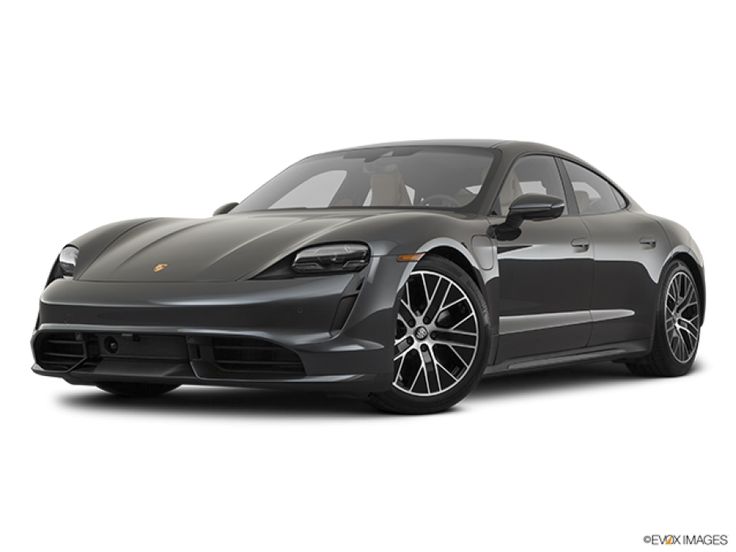
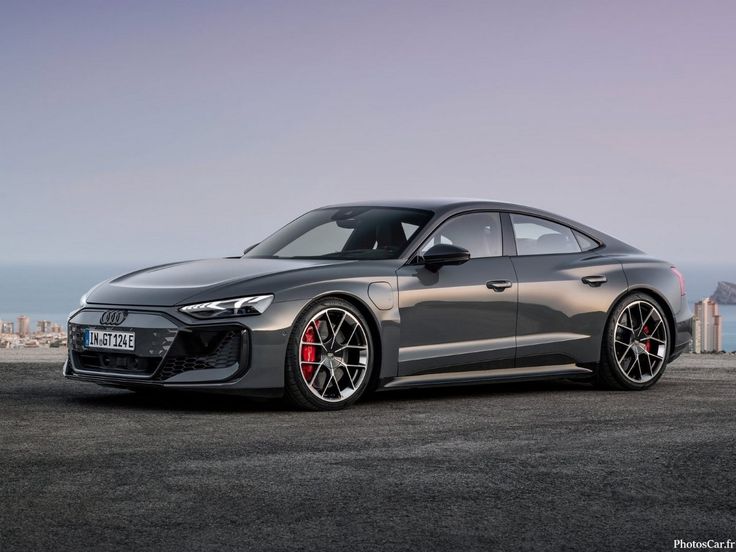
Advanced driver assistance systems became another differentiator, with Tesla’s Autopilot setting new expectations for what luxury vehicles should offer in terms of technology and convenience.
Future of Luxury Brands in an Electric Era
Traditional luxury automakers face significant challenges in the electric transition. Brands built on performance heritage must now redefine themselves when the distinctive sound and feel of their combustion engines no longer exists.
Electric powertrains have democratized performance, making rapid acceleration available at lower price points. This forces luxury brands to find new ways to differentiate their products beyond mere speed.
Interior craftsmanship, technological innovation, and unique design now take center stage. Mercedes EQ and BMW i sub-brands exemplify how traditional manufacturers are creating distinct electric identities while maintaining their luxury positioning.
Battery technology advancements will likely determine which brands succeed. Those offering the best range, fastest charging, and most innovative energy solutions will capture the attention of luxury buyers who expect convenience alongside status.
As electric vehicles transition from early adopters to mainstream consumers, luxury brands must balance innovation with their heritage to maintain their position as status symbols in this new automotive era.
The Allure and Legacy of Specific Brands

Certain luxury car brands have cultivated distinct identities through their history, design philosophy, and commitment to excellence, becoming powerful symbols of achievement and refined taste.
Rolls-Royce: Timeless Elegance and Supreme Luxe
Rolls-Royce represents the pinnacle of automotive luxury, with a heritage dating back to 1904. The brand’s commitment to timeless elegance has made it synonymous with success and exclusivity.
The iconic Spirit of Ecstasy hood ornament and handcrafted interiors showcase uncompromising attention to detail. Each Rolls-Royce vehicle requires hundreds of hours of meticulous craftsmanship, with artisans dedicating up to 17 days to perfect a single dashboard.
The brand maintains its prestigious position through limited production numbers and bespoke customization options. Modern Rolls-Royce models like the Phantom and Ghost blend traditional luxury with advanced technology, appealing to both established elite and new wealth in emerging markets.
Aston Martin: A Synthesis of Supercar and Luxury
Aston Martin uniquely balances high performance with sophisticated luxury, creating what many consider the perfect blend of supercar capabilities and refined elegance. Its association with James Bond films has cemented its image as the gentleman’s sports car.
Founded in 1913, Aston Martin vehicles feature distinctive design elements like the signature grille and flowing body lines. The brand has cultivated exclusivity through limited production runs and racing heritage.
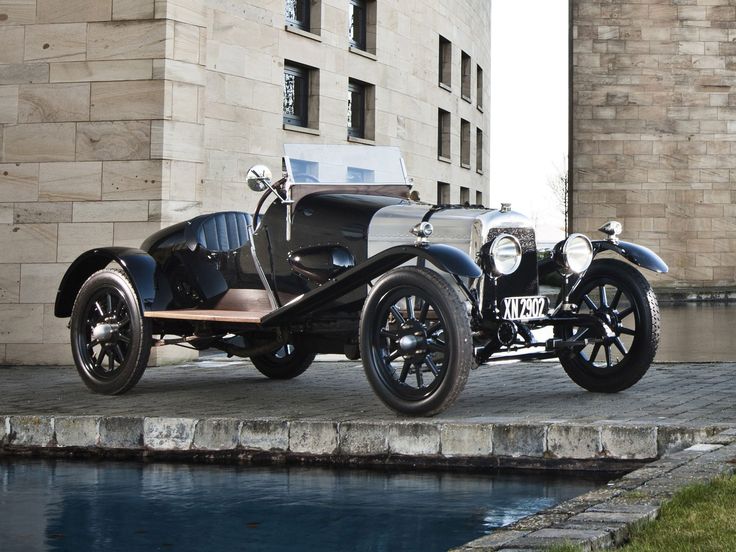
Models like the DB11 and Vantage offer commanding performance without sacrificing comfort or style. The company’s recent expansion into SUVs with the DBX demonstrates adaptability while maintaining brand identity, appealing to luxury buyers seeking versatility without compromising prestige.

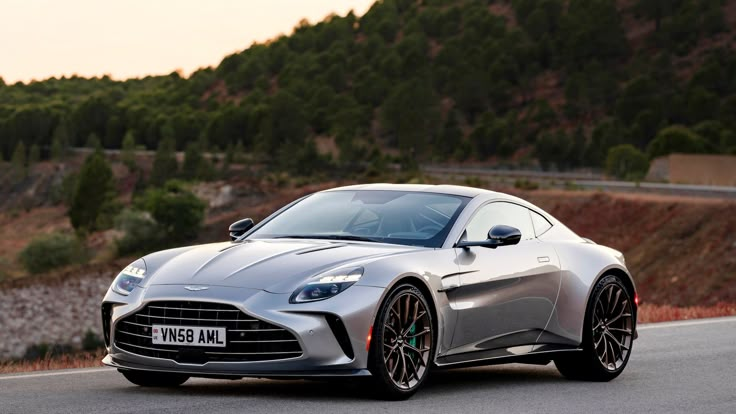
Bentley: The Epitome of Craftsmanship and Personalization
Bentley has distinguished itself through exceptional craftsmanship and personalization options that cater to the most discerning clients. Each vehicle represents over 100 years of manufacturing expertise.
The brand combines traditional handcraftsmanship with modern manufacturing techniques. A single Bentley Continental requires approximately 100 hours of handwork for its interior alone, with specially trained artisans handling the finest leathers and woods.
Bentley’s bespoke program allows customers to choose from over 100 paint colors and numerous interior configurations. The Bentayga SUV and Flying Spur sedan maintain the brand’s commitment to luxury while adapting to contemporary market demands.
This blend of heritage and innovation has solidified Bentley’s position as a symbol of success and refinement across global markets.
Customization and Personalization: Tailoring Desire

The luxury car market thrives on exclusivity and personal expression. Customization transforms high-end vehicles from mere transportation into statements of individual taste and social position.
Bespoke Features and Made-to-Order Models
Luxury automakers have elevated personalization to an art form. Brands like Rolls-Royce, Bentley, and Ferrari offer clients the ability to select every detail of their vehicle, from leather sourcing to custom paint formulations.
These manufacturers maintain dedicated ateliers where craftspeople create bespoke elements that make each vehicle unique. A client might request dashboard veneers made from wood harvested from their own estate or interior stitching that matches their favorite watch.
The process often involves direct consultation with design teams. Bentley’s Mulliner division, for example, invites clients to collaborative design sessions where every aspect from seat perforation patterns to dashboard inlays can be specified.
This level of customization extends beyond aesthetics. Engine tuning, suspension settings, and even wheelbase modifications are possible at the ultra-luxury level, ensuring the vehicle performs exactly as the owner desires.
The Role of Customization in Exclusive Appeal
Personalization has become a driving force in the growth of the ultra-luxury car market. When everyone in certain circles can afford expensive automobiles, uniqueness becomes the ultimate luxury.
Limited-edition models and one-off creations command astronomical prices, not simply for their performance characteristics but for their exclusivity. A personalized Pagani or Koenigsegg isn’t just transportation—it’s a collectible artwork.
The customization experience itself forms part of the luxury value proposition. The journey of co-creating a vehicle alongside master craftspeople becomes a story owners can share, enhancing the car’s personal significance.
Digital configurators now extend this experience, allowing buyers to visualize combinations before purchase. However, the most prestigious brands still maintain that true luxury comes from in-person consultation, where materials can be touched and colors seen in natural light.
The Market Dynamics of Luxury Vehicles

The luxury vehicle market is experiencing robust growth, with projections indicating a compound annual growth rate of 7.7% to reach $850.93 billion by 2028. This expansion reflects changing consumer preferences and economic factors that drive both supply and demand.
Supply and Demand in High-Performance Vehicles
Luxury brands carefully manage their production volumes to maintain exclusivity. Brands like Ferrari and Lamborghini intentionally limit annual production to preserve their rarified status.
This manufactured scarcity creates waiting lists for high-performance vehicles, often extending months or even years for limited edition models. Such strategy enhances perceived value and justifies premium pricing.
The demand side shows interesting demographic shifts. Younger buyers are increasingly entering the luxury car market, transforming what was once dominated by middle-aged enthusiasts. This younger audience seeks:
- Advanced technology integration
- Sustainable luxury options
- Unique customization possibilities
- Digital connectivity features
Luxury brands now balance tradition with innovation to meet these evolving demands without diluting their heritage appeal.
Economic Factors Influencing Luxury Car Sales
Luxury vehicle sales demonstrate remarkable resilience during economic fluctuations. Unlike mass-market vehicles, luxury car sales often surpass the mass market in terms of growth and profitability.
Economic indicators affecting the sector include:
Direct Factors:
- High-net-worth population growth
- Stock market performance
- Corporate bonus cycles
- Interest rates on premium financing
Global wealth distribution patterns significantly impact regional market performance. China and emerging markets have become crucial growth areas for many luxury brands.
Cutting-edge technology and innovative design continue to drive value perception. Features once exclusive to ultra-luxury models now differentiate entry-level luxury vehicles from mass-market offerings.
The shift toward electric and hybrid powertrains represents both a challenge and opportunity for traditional luxury brands competing with newcomers like Tesla.
Conclusion

Luxury cars have firmly established themselves as status symbols in our society. They represent more than transportation; they embody achievement, wealth, and social position.
The relationship between luxury car brands and status isn’t new. Since the early days of automobile manufacturing, premium vehicles have separated the elite from the masses.
Today’s luxury car market continues this tradition. Brands like Mercedes-Benz, BMW, and Rolls-Royce invest heavily in creating vehicles that project success and exclusivity.
However, the meaning of automotive luxury evolves with society. While some view these vehicles as symbols of insecurity, others see them as rewards for hard work or smart investments.
The accessibility of luxury has changed too. Financing options have made premium vehicles available to more people, somewhat diluting their exclusivity.
Looking forward, luxury car brands must balance tradition with innovation. As values shift toward sustainability and technology, the definition of automotive status will transform accordingly.
What remains constant is the human desire for distinction. As long as people seek ways to demonstrate success, luxury vehicles will continue to serve as powerful status markers in our material culture.
Frequently Asked Questions

Luxury cars have become powerful indicators of social standing through historical developments, marketing strategies, and design elements that reinforce their exclusive status. These vehicles communicate complex social messages beyond simple transportation needs.
What historical events led to the association of luxury cars with social prestige?
The early 20th century marked a pivotal moment when automobiles transformed from mechanical curiosities to status symbols. During the 1920s, brands like Rolls-Royce and Bentley emerged as markers of aristocratic taste.
The post-WWII economic boom created new wealth classes seeking visible symbols of success. This period saw luxury brands founded specifically to help people showcase their wealth through automobiles.
The 1980s economic expansion further cemented luxury cars as achievement symbols, with German and Italian manufacturers developing models explicitly targeting upwardly mobile professionals.
How do luxury vehicles symbolize one’s social and economic standing?
Luxury vehicles communicate wealth through their high purchase prices and maintenance costs. The ability to afford such expenses signals financial success and access to resources.
Beyond price, these cars represent taste refinement and cultural capital. Certain brands are the ultimate symbols of prestige in specific social circles, showing the owner belongs to exclusive groups.
Some luxury car owners use these vehicles as extensions of their professional image. Executives and entrepreneurs often choose vehicles that reflect reliability, sophistication, and attention to detail.
What factors contribute to the perception of certain car brands as status symbols?
Scarcity and exclusivity play crucial roles in status perception. Limited production runs and waitlists create desirability that extends beyond the vehicle’s functional value.
Heritage and longevity matter significantly. Brands with storied histories like Mercedes-Benz carry cultural weight through decades of association with quality and innovation.
Celebrity endorsements and media visibility enhance prestige. When influential figures drive specific models, these cars gain additional status through association with admired personalities.
How has car ownership evolved as a representation of wealth and success?
In earlier decades, simply owning any car represented achievement. As automobiles became more accessible, the status marker shifted to owning luxury or exotic models.
Today, vehicle choice has become more nuanced. Some wealthy individuals reject cars as status symbols, preferring understated luxury or environmentally conscious options.
Financing options have complicated the status equation. As noted by financial experts, cars remain the ultimate status symbol for insecure people, since financing allows temporary access to prestige without corresponding wealth.
In what ways do luxury car brands differentiate themselves to appeal to high-status individuals?
Craftsmanship and materials create tangible differentiation. Hand-stitched leather, rare woods, and precious metals justify premium pricing while providing sensory luxury experiences.
Customization options appeal to exclusivity-seeking buyers. Bespoke programs allowing unique color combinations, personalized features, and one-off creations satisfy the desire for individuality.
Technological innovation serves as both functional improvement and status marker. Early adoption of safety features, performance enhancements, and convenience technologies demonstrates manufacturers’ commitment to advancement.
How has the marketing of luxury car brands influenced their status symbol image?
Aspirational advertising creates emotional connections beyond product features. Campaigns focus on lifestyle, achievement, and heritage rather than mere transportation capabilities.
Limited distribution channels maintain exclusivity. Dealerships designed as luxury experiences with appointment-only services reinforce the special nature of these purchases.
The meaning of automotive luxury changes as technology evolves. Marketing teams continuously redefine what constitutes “premium” as features once exclusive to luxury models become standard in mainstream vehicles.
